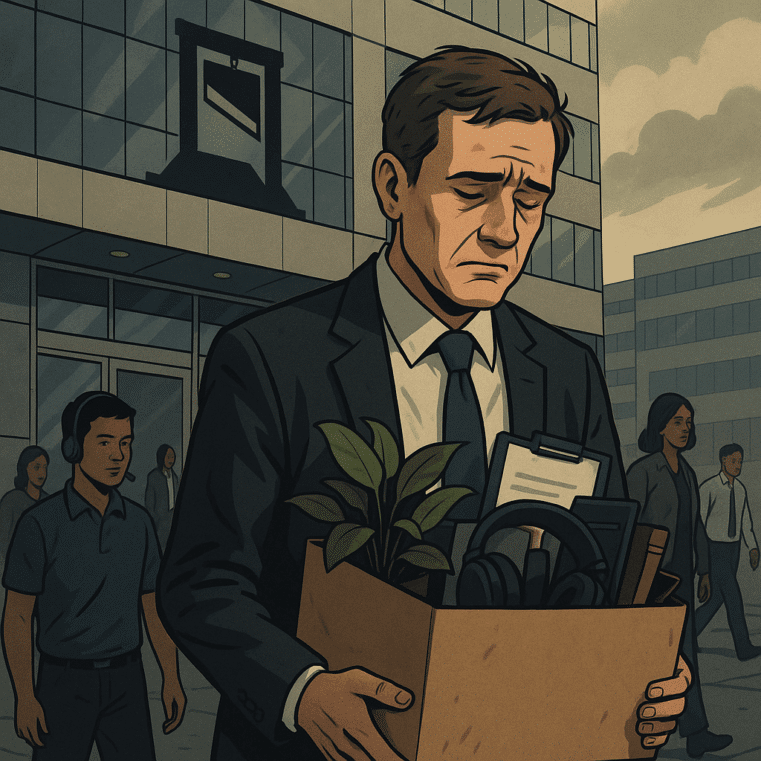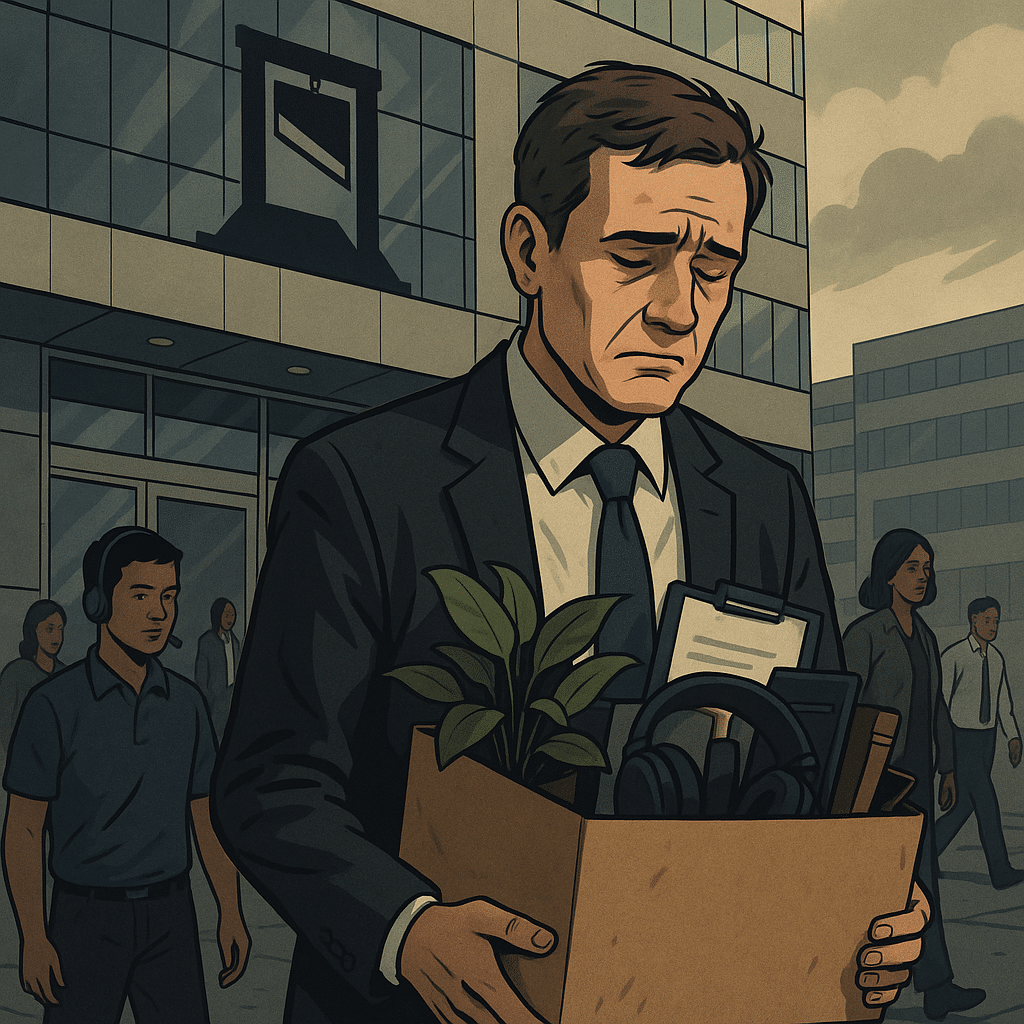
Falling Mortgage Rates Signal Trouble, Not Relief: Why This Dip Could Be the Calm Before the Economic Storm
The Rate Drop Isn’t a Recovery—It’s a Red Flag
When mortgage rates dip, the headlines love to spin it as good news. But don’t be fooled—this recent drop to 6.27% on the 30-year fixed isn’t a gift from the economy; it’s a warning shot. It reflects mounting fears over a deteriorating economic landscape, not a resurgence in financial stability. Let’s not forget, rates are falling not because things are getting better, but because markets are pricing in more weakness, more instability, and a government that is increasingly dysfunctional.
What’s Driving the Decline? Fear, Not Growth
The backdrop to this drop? A looming federal shutdown, softening labor market data, and widespread disillusionment about the direction of the U.S. economy. As housing affordability craters and consumer debt balloons past $17 trillion, the Fed is walking a tightrope: jawboning about "soft landings" while the floor beneath the American middle class gives way.
Make no mistake: these lower rates are not a green light for prosperity—they're the result of panic behind closed doors. When lenders and the broader market anticipate economic slowdown or even recession, they move money into safer assets like bonds, which pushes yields down—and by extension, mortgage rates follow.
That’s exactly what's happening here. Treasury yields are sliding. Why? Because demand for safety is rising. Investors aren’t chasing growth—they’re fleeing risk. That’s the signal in the noise.
Washington’s Housing Solutions Are a Cruel Joke
Meanwhile, Washington continues to demonstrate its utter incapacity to address the housing crisis in any meaningful way. The Treasury’s newest puppet, Bessent, promises affordability reform—but let’s be honest. These are the same people who engineered the bubble, enabled it with cheap debt, and now claim they’re the ones to fix it. It’s a clown show.
Housing prices may be softening slightly in some markets, but affordability hasn’t improved in real terms. Wages are not keeping up, savings rates have collapsed, and job security is a myth for millions of Americans living paycheck to paycheck. The structural rot in the economy is being papered over with temporary Band-Aids like rate cuts and token shutdown extensions.
History’s Blueprint: We’ve Seen This Before
Now ask yourself: if rates are falling and yet the economy feels no more secure, what comes next?
History gives us the blueprint. Just before the 2008 financial crisis, we saw similar signals—rate adjustments, market "corrections," and government incompetence masquerading as management. We ignored them at our peril. This time, there’s no excuse.
If you're not preparing now—diversifying out of fiat, holding hard assets, and minimizing exposure to fragile financial institutions—you’re taking on unnecessary risk.
Take Action Before the Next Shock Hits
I urge every reader: Don’t rely on the mainstream narrative to safeguard your future. The data is telling you something different, and it’s telling you now.
For real solutions, I recommend downloading Bill Brocius’ free guide, “7 Steps to Protect Your Account from Bank Failure”.
And if you’re serious about being ahead of the next major shock, get access to Bill’s Inner Circle newsletter for just $19.95/month. No fluff. No propaganda. Just hard data and actionable intelligence.
You don’t have to be caught off guard. You just have to be willing to see what’s coming.











